Street signs in Taipei County are beginning to be changed to Hanyu Pinyin. For Pinyin supporters here, this is a long-awaited development.
Here are some examples of new signs in Banqiao, the seat of the Taipei County Government. They were taken near the Fuzhong MRT station.
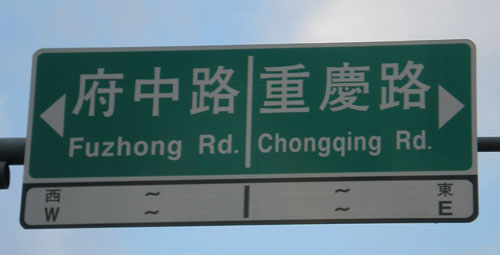


This is one of the Tongyong signs about to be taken down. It’s at the same intersection as the “Zhongshan” sign at above right. [November 17 update: The sign is now gone.]
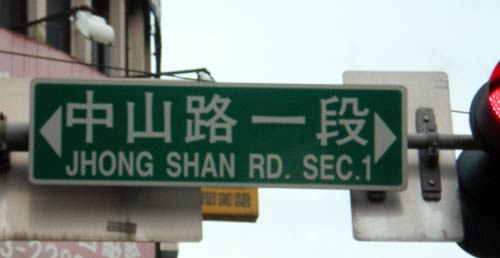
The first roads to receive these signs are large ones, especially those connecting one city to another. This is probably going to be a long, slow process, which is certainly to be expected given (a) how damn long it took them to get this started and (b) that most signs never got changed to Tongyong Pinyin during the previous administration. My impression is that most street signs in Taipei County, especially in smaller towns and on smaller roads, remain in MPS2 (the Tongyong Pinyin of the 1980s).
Has anyone noticed any changes yet in Xindian, etc.?
I wish I could provide links to official announcements, etc. But so far I haven’t been able to find any. I have, however, spoken with officials from the county government who confirm the new policy, so I’m going ahead and announcing this here.
Nice to see no InTerCaps. Unfortunately, the apostrophe situation is SNAFU, with those responsible for the signage using outdated guidelines (calling for a hyphen instead of an apostrophe). But I’ve forwarded the central government’s current rules on this to those concerned, which I hope will help get the problem fixed before any such signs go up.

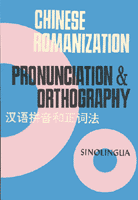 Arrr! In recognition of
Arrr! In recognition of 
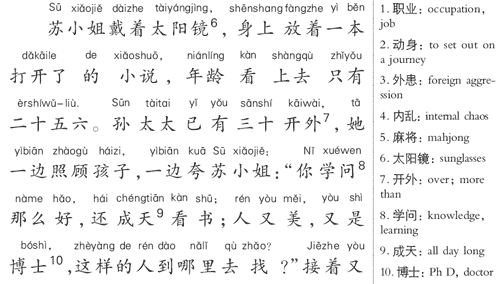
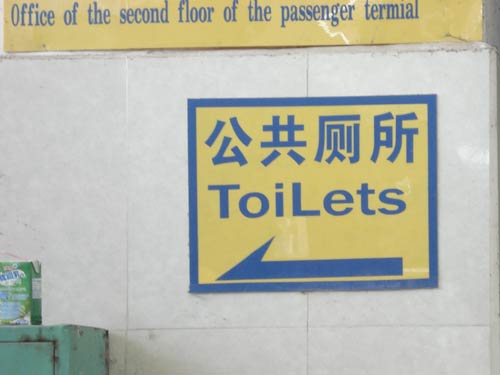
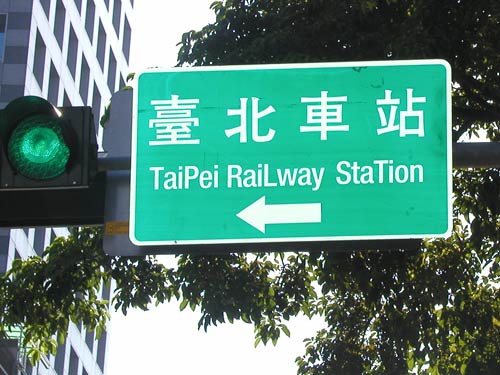
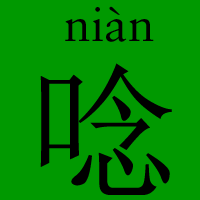 My recent addition to this site of
My recent addition to this site of 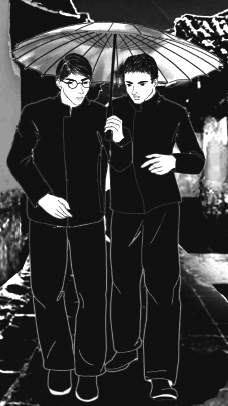 This bit of news is simply wonderful. As part of
This bit of news is simply wonderful. As part of